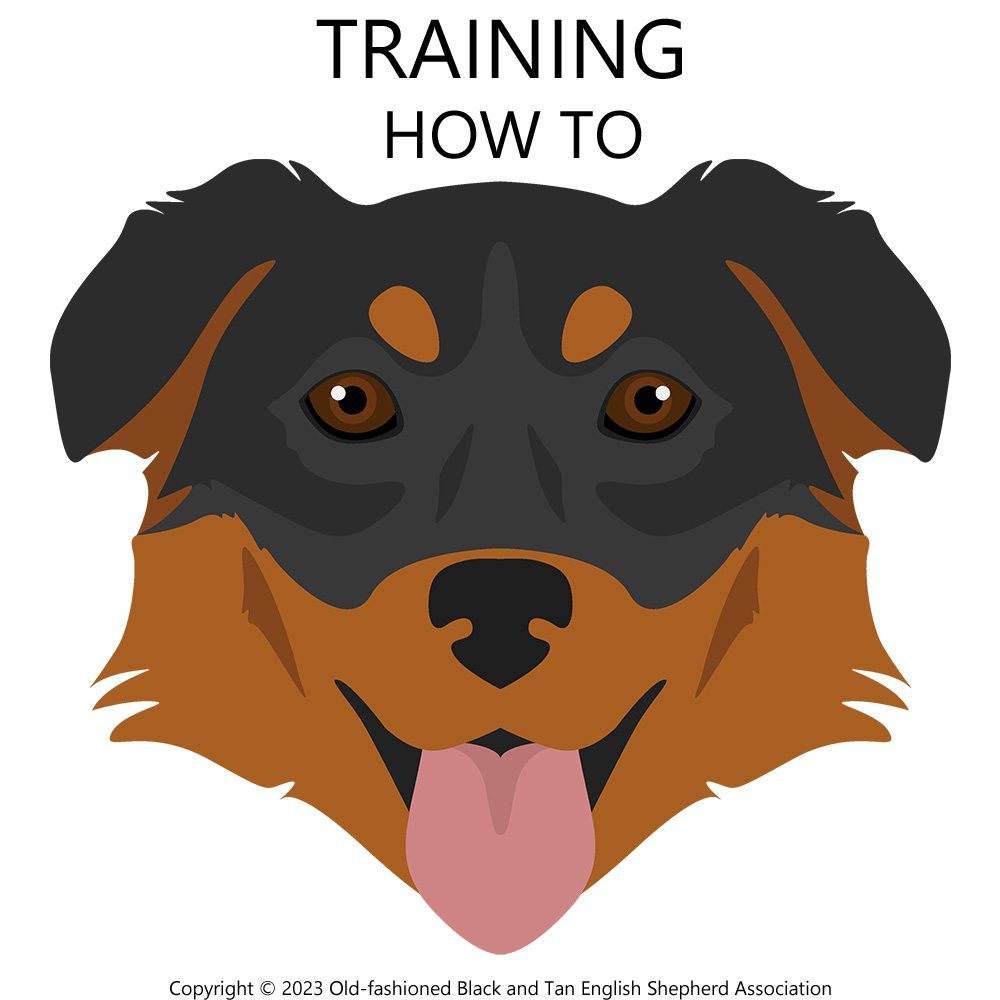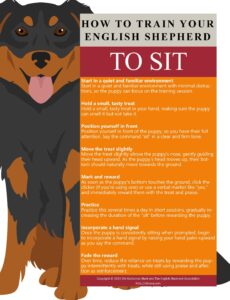Dog Situation
You have a young puppy who has not yet learned basic obedience commands and you want to teach the puppy to sit on command.
Dog Behaviors
The puppy is energetic and curious, as most puppies are, and has not yet learned to respond to verbal commands or hand signals.
Trainer Recommendation
How To Train Your Dog to Sit
- Start in a quiet and familiar environment
Start in a quiet and familiar environment with minimal distractions, so the puppy can focus on the training session.
- Hold a small, tasty treat
Hold a small, tasty treat in your hand, making sure the puppy can smell it but not take it.
- Position yourself in front
Position yourself in front of the puppy, so you have their full attention. Say the command “sit” in a clear and firm tone.
- Move the treat slightly
Move the treat slightly above the puppy’s nose, gently guiding their head upward. As the puppy’s head moves up, their bottom should naturally move towards the ground.
- Mark and reward
As soon as the puppy’s bottom touches the ground, click the clicker (if you’re using one) or use a verbal marker like “yes,” and immediately reward them with the treat and praise.
- Practice
Practice this several times a day in short sessions, gradually increasing the duration of the “sit” before rewarding the puppy.
- Incorporate a hand signal
Once the puppy is consistently sitting when prompted, begin to incorporate a hand signal by raising your hand palm-upward as you say the command.
- Fade the reward
Over time, reduce the reliance on treats by rewarding the puppy intermittently with treats, while still using praise and affection as reinforcement.
Results/Consequences
By following these recommendations, the puppy will learn to associate the command “sit” and the hand signal with the act of sitting. The use of positive reinforcement, such as treats, praise, and affection, will help the puppy to develop a strong, positive association with the desired behavior.
As the puppy becomes more proficient in sitting on command, you can begin to practice this behavior in various environments and with increasing levels of distraction. This will help to solidify the behavior and ensure that the puppy responds to the command in a variety of situations.
Ultimately, teaching the puppy to sit on command will improve their overall obedience, make them more manageable in different situations, and strengthen the bond between you and your puppy.


